The idea is to treat learners as if they had subscribed to a learning “newsletter” from you, teaching them a thing or two on a schedule – every 2-3 days. This repeats the knowledge, spacing learning, and ensuring knowledge retention. It also is much easier to consume from the point of view of the employee, since a daily interaction of several minutes doesn’t seem to interfere with actual work. It only requires several minutes of downtime and can be prompted through a digital engagement platform that also shows which performance KPIs are tied to the learning content.
1.Focusing on the employee experience
What is the employee experience and why does it matter?
Nate Brown of Arise Virtual Solutions, a leading on-demand customer service consultancy and BPO, sees a direct correlation between employee experience and customer experience, and how evolved employee experience strategies strive for a long-lasting impact. Addressing the question of how to use competitive challenges to drive employee performance, he said:
“You’re cannibalizing the dynamic of your team if you use competitive incentives too much. But if you do it in a really fun, exciting way where everybody’s participating and it’s just like, ‘wow’, we just shared an experience. That was fun. And we’re all going to remember that.”
Tim Buzza, Chief Customer Officer at Attune Work Solutions, says, “The driving force is that if people are empowered to design their own experience of work, then they’re going to deliver better outcomes for the organization. And they’re going to have an experience that supports their well-being and fits into their life.
“If you can just recognize that the more that you can empower and trust your employees to be self-directed and self-managed, then you’re going to get a better outcome. And so just look for those opportunities. There’s always going to be something that you can do to enable your people to be more self-directed and self-managed.”
Lisa Dolan is the Senior Vice President of Employee Engagement and Diversity, Equity & Inclusion at Teleperformance. She believes in equipping leaders for conversations about mental health and performance, in decreasing attrition through employee engagement increases, and in the importance of supporting teams both at work and at home.
“Focus on a few fundamentals, look after people, listen to your people, and react based on what it is that they’re asking for. As well as that statement, have a little bit of fun along the way. Your people will want to do more for the organization. Your people will be happy, so they will flourish.
“It’s about making people feel welcome. It’s about making people feel they have a sense of belonging, and that they can be themselves. And this is the critical thing. And one of the key catalysts that I drive across Teleperformance (and all of our leaders do) is, we want people to come to work without having to put a [figurative] mask on.”
2. Using coaching to drive culture and employee experience
Dolan also believes in coaching and in ensuring managers have the right conversations with their employees.
“It’s understanding how to have a well-being conversation. To just have a virtual coffee with an individual to see how they’re feeling, but also to be able to make sure that you understand as a leader, what makes the people that work for you tick. So where are their strengths? Where are their development areas? How can you mentor them, as a leader, to flourish in those development areas? And how can you push people that work for you outside of that comfort zone, to be able to watch them thrive? How do you become a brand ambassador of the people that work for you?
“The critical thing for leaders in organizations…in any industry is that balance. We have to manage the balance between performance and business needs and individual needs.”
“It’s like, if you get on a plane, they always say, put your old oxygen mask on before you attend to somebody else. And it’s the same thing as an individual and as a leader of people. You must look after your mental health and your level of confidence, level of engagement, level of energy, and empathy. If you look after that for yourself, then you’re in a better position to be able to support others that you work with.”
Jessica DiCicco, Vice President of US Learning & Development, Randstad, uses manager coaching as part of employee development programs.
“Managers are critical drivers of the employee learning experience and must be able to guide employees, offer kudos during their learning, and effectively coach easily and efficiently. To this end, we designed guides for managers that pinpoint exactly where employees are in their learning journey and included targeted questions for managers to ask and foster an insightful conversation. The guides also enable managers to give actionable feedback, such as, ‘I’ve noticed you are close to X this week. Let’s work on this and this to make your goal.’ This combination of mapping and targeted feedback creates experiential learning for the employee and helps managers better encourage their teams to learn and grow.”
Hilton uses technology to help managers coach better, as Linda Milone explains: “One of the best features in Centrical’s coaching is insights. Leaders can see who is improving [and] who [is] not, instead of digging for trend lines or root cause analysis. The tool provides that, [and] where and when to coach so it saves our leaders much…time. So they have more time for the coaching part of the conversation, rather than spending time digging through spreadsheets trying to figure out what’s going on.”
3. How to frame the discussion about measurement and performance
How do you leverage performance-tracking technology without eroding employee trust?
Glen Cathey, SVP, Head of Digital Strategy & Innovation at Randstad, shares how he navigates those challenges:
“It would be kind of silly if I were a baseball player or a football player and I said, no, I don’t want you to record what I’m doing while I’m playing, or even during practice. And I also don’t want you to keep score, and I don’t want you to record my statistics. Right. I don’t want to know any of those things…sometimes in the world of work, some people can have concerns about those types of things.
Cathey recommends gamification.
“That’s why I like gamification, and you know, there are varying levels. And trust me, I’ve worked with lots of people that resist the idea of knowing where they are in comparison to their peers.
There are certainly…solutions that you could use that just say, okay, well we know that here’s average performance in this particular category. Here’s what the top 10% looks like. So maybe people don’t want to be compared to other individuals, but they should know what good looks like.”
Cathey recommends ensuring recognition and a good word: “It’s still fascinating that something as simple as appreciating someone could retain someone in your company more effectively than giving someone a raise.”
Hilton has launched its branded version of Centrical – it is called RISE: recognize, inspire, set goals and inspire. “The name came from our team members,” Linda Milone said. “We reached out to the team and asked how this connected to what they do every day and what the tool does for us on many levels. It combines many spreadsheets to consolidate data, adding in that element of fun–that gaming element with really consistent ongoing recognition for our teams. Not just on an individual performance level, but [so] they also see how they are contributing to the team as a whole.”
Milone comments on the importance of simplifying the tech stack behind performance measurement: “We had previously four different systems or spreadsheets that we would go to for performance data. And none…[were] agent facing, so anything that got to an agent either had to be manually produced by a leader–or in many cases, teams didn’t have a scorecard. So for a lot of our teams, Centrical has become that first chance to look at performance daily to see how they are contributing – that’s probably been the biggest change for some of our teams. It’s a little scary because sometimes you see where you are and you are not where you want to be. But what we’ve seen is that it’s also motivating. The same tool is used to measure coaching effectiveness, to see how our leaders are coaching and now what the performance results are.”
Additionally, Hilton drove Centrical to add a feature called “Contributions” to its platform. Contributions are a form of social learning where employees can put their suggestions about how to be effective in their positions. Milone explains the need for the contributions feature: “When you have that agent who is struggling, they have a way to connect with someone who is maybe performing at a higher rate without having to hunt them down in a chat system or email.”
4. Invest in psychological safety
“Going to Gemba” is the practice of leaders learning from frontline employees. Sean McGinn, Founder and Director of the Agile Contact Centre, recommends the Japanese practice in today’s call centers so leaders can design better frontline jobs and help employees work more effectively.
“The world now is fundamentally different than it was in the very recent past. And for teams to be successful and people to be healthy and flourish and achieve their goals, cultures and contact centers need to be able to adapt quickly…things like building high psychological safety within your team, so that people aren’t afraid to speak up and call out errors or talk about ideas. Because when you do that, you can adapt quickly because you can respond and you can change.
“Gemba is a Japanese term. It means the real place and is used in lean manufacturing, the Toyota way, talk about going to Gemba, which is senior managers going down onto the factory line and walking the floor and experiencing what’s going on so that they can feel the same experience as the people that work there. And it’s only then that you can get real change to happen.”
When returning to the office after a long period of remote work, Nate Brown recommends thinking about psychological safety.
“Create a circle of psychological safety around your people where they can re-engage. They can come back into relationships in a healthy, sustainable way. And they can get back to work and get excited about the work they’re doing and the people that they get to do it with. If that doesn’t happen, they come in and are just overwhelmed with the reality of having 300 co-workers that they’ve never met. All these people got hired in the last two years. Don’t do that to them–have them come in and re-engage safely.”
5. Embracing remote-first and providing scheduling flexibility
Linda Milone is a Senior Director of Reservation Sales at Hilton. She says that Hilton has been a pioneer in the flexible remote workforce much more than anyone out there.
“Even before COVID, we had a very flexible scheduling environment for team members. Team members are allowed to pick hours to work based on where Hilton has business needs, and those hours can vary from day to day or week to week, based on what the team member is looking for. Post-COVID, we introduced even more flexibility to the team, understanding that there was tremendous demand on people’s home lives during the COVID period. Taking care of children, sick family members, etc. So we introduced even more scheduling flexibility with a program we call super flex. Our partners determine how many hours they want to work with us each month. They partner with us as a business to ensure we can meet business needs. They can work as few as 12 hours a month or up to a full-time schedule – they decide how much they are going to work. It provides us with an extremely flexible workforce and provides them with the flexibility to do what they need to do at home.
“We deliver some of the highest results in our business, we’re not sacrificing loyalty or quality for flexibility,” says Milone.
Claire Heller is UKI Partner Lead for Customer Experience Amazon Web Services. She discusses how they approach the new remote worker reality. “The market has been through many changes and you do need to be able to have agents anywhere – because the cloud lets you have agents wherever they are. As long as they have a browser and a headset with them, they can log in and be part of the customer service team.
“One of the things we end up with [when] people [are] working from home is that we lose the ability to sit next to them and see how well they are performing. This makes the collection of data very important. When you take that data, you can convert it into KPIs and need to understand how to get insights out of the data. Today, you need to use human insight and AI together because this is where the amazing results come from – the combination of the two.”
Heller also stresses the importance of using data to help managers coach agents: “We help a remote supervisor understand where the relative strengths and weaknesses of agents lie. [We can] flag issues to supervisors, such as if an agent needs help with mid-call coaching, so that the customer still gets a good…experience.
6. The difference between motivation and inspiration
Brian Snyder, Regional Director, Cellular Sales, uses Centrical to manage employee performance.
“People don’t come to work for a company, they come to work for themselves and their families and to exercise their passions. One of the things I learned was the difference between motivation and inspiration. When someone is motivating you, they want you to do something, but when you are inspired, you want to do it for yourself.” Snyder believes that using a gamified performance platform allows “sales team members to see how they are performing versus their peers. They are seeing how they are doing versus their friends, and you don’t need to motivate them at that point. They are inspired all on their own with their peer-to-peer challenges, and things like that.”
Snyder talks about the challenges of setting goals for employees and aligning them with business objectives:
“We were trying to introduce a value system – a system of points – because we pay commissions. And when salespeople are on the floor, they are going to sell what pays. But our partner had asked us to sell some other things that were important to them, but it was really hard to get our sales reps to sell those products. So we needed that new value system. We also saw an opportunity for building better, more rounded sales behaviors. Top producers don’t sell too many attachment rate offerings, while some lower-level producers are great at attachment percentage, so how do we build a more rounded salesforce? And how do we become more agile?
Once we put some points behind a product that was lagging, employees started feeling like they were getting extra credit and sales soared. We got the big win, our partner got the big win, and our salespeople felt like they were getting extra credit.”
Here’s what a frontline employee told Snyder: “I was stagnant with my performance for years. I had no real confidence that I could improve, but the launch of Cscore breathed new life into my understanding and belief that I could achieve more. I’ve earned more money than I ever thought was possible, which has created an enormous positive impact on my family.”
7. A culture of learning
Renzo Urzua, Global Contact Centre Management Training & Design Lead for Mastercard, shares insights about helping to manage and train global teams.
“Employees care about their specific job in this specific role. So build your training more so around what the end game is, or, you know, the KPIs (and things like that) [and] what they need to achieve. Then cut out the noise. You get a more streamlined training program for the agents.”
When creating a culture of learning, ensure that the information are delivered at scale, and that it is personalized, easy to follow, and supportive of employee learning styles. This is where microlearning comes in. Microlearning is a practice of delivering small, “bite-sized” learning modules that only take a few minutes for the employee to complete. These modules can include videos, interactive simulations, quizzes, and more. Microlearning is simple to deliver and can be tied to positive performance metrics results.
Conclusion
Transforming the employee experience for frontline teams benefits an enterprise through increased engagement and productivity, reduced turnover, and a boost to the bottom line. Operations leaders recommend the following key elements:
Focusing on the Employee Experience: Empowered, motivated, and employees are core to success. Listen to your people and enable self-management and direction.
Driving Culture Through Coaching: As an integral part of the employee experience, managers should take time to discuss team members’ well being in addition to targeted performance feedback.
Framing the Performance Discussion: Discussing performance can be done in a way that doesn’t erode trust or confidence. The right approach can lead to a productive conversation.
Providing Flexible Scheduling: Our world is largely remote-first, and managers should act accordingly. By providing flexible scheduling, leaders have found increased productivity and engagement.
Motivating and Inspiring Employees: Setting goals around performance and gamifying that experience motivates employees for extrinsic rewards and inspires for the intrinsic feeling of success.
Creating Psychological Safety: Psychological safety enables quick adaption to change, healthy re-engagement with colleagues, and empowerment to actively engage in discourse.
Fostering a Culture of Learning: Build your training around the end game, what employees need to achieve to accomplish that result, and how to do it.
Centrical helps transform frontline teams across industries and enterprise type. Learn more about us by vising our website, or reach out to our team of engagement experts for a personal consultation and demo.

 Madeleine Freind
Madeleine Freind
 Natalie Roth
Natalie Roth Linat Mart
Linat Mart

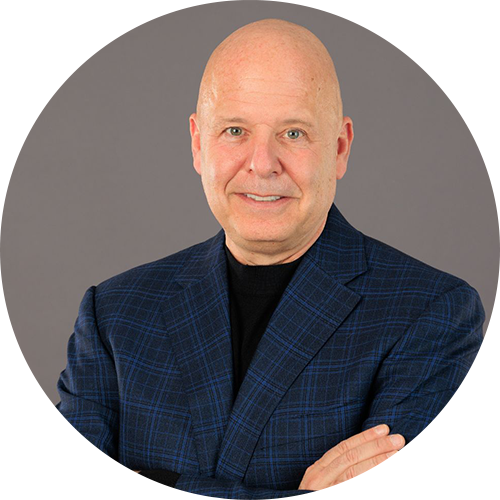



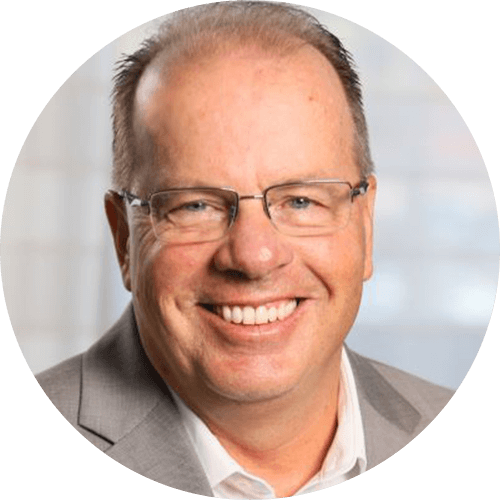
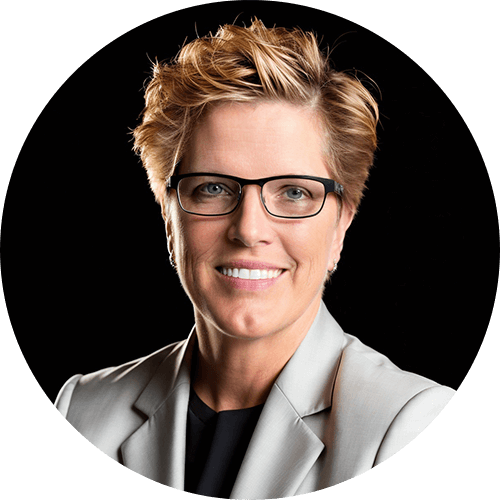

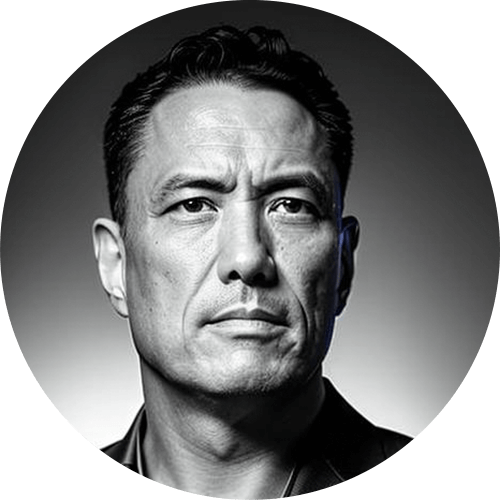
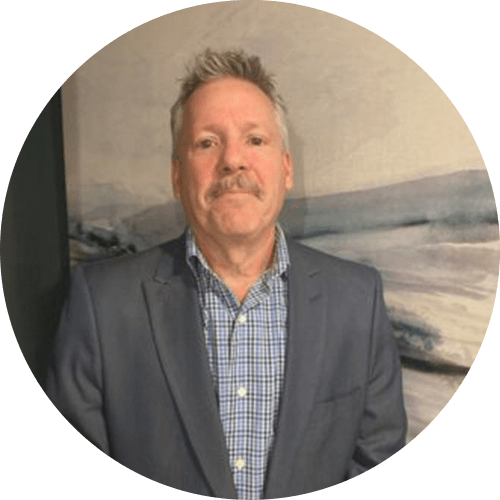


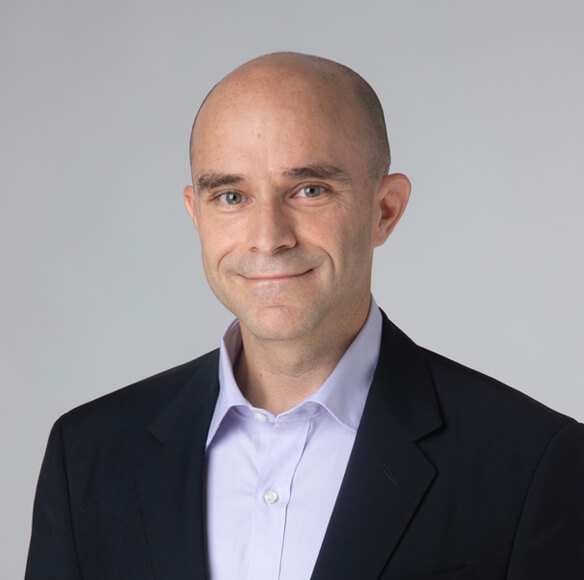 Doron Neumann
Doron Neumann Gal Rimon
Gal Rimon Daphne Saragosti
Daphne Saragosti Ella Davidson
Ella Davidson Ariel Herman
Ariel Herman Ronen Botzer
Ronen Botzer